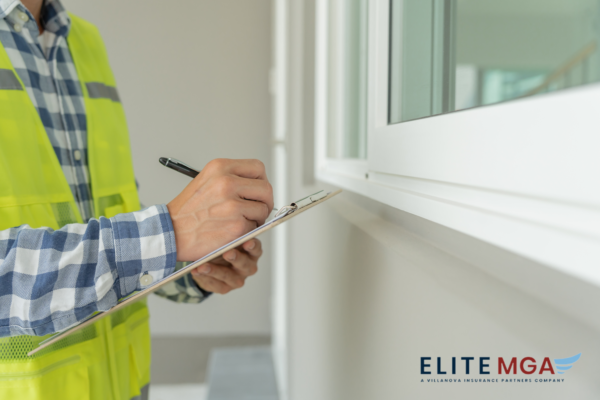
What is a Home Inspection?
A home inspection for buyers is a thorough examination of a property’s condition, conducted by a qualified professional according to industry standards or regulation. During the inspection, the home inspector evaluates various visible, and accessible components of the property, including the structure, plumbing, electrical systems, HVAC systems, roof, and more. The aim is to uncover any current conditions that may affect the home’s safety or performance..
What Do Inspectors Look for When Inspecting a House?
When purchasing a home, various inspections ensure the home buyer has all the information they need to make an informed decision. Here is the home inspection checklist for buyers,
- General Home Inspection: A home inspector evaluates the home’s overall condition, including its structure, roof, electrical systems, plumbing, HVAC, and more according to industry standards or local regulation.
- Pest Inspection: Identifies signs of termites, carpenter ants, and other wood-destroying pests that can compromise the structure.
- Radon Testing: Radon is a naturally occurring gas that is known to increase health risks. Radon screening reports on radon levels in the home at the time of test and whether any action is required to reduce radon levels. The EPA has set action levels for radon.
- Mold Inspection: There are different methods for testing mold. An air quality test will determine the existence of elevated levels of mold spore if mold is suspected. If there are visible signs of a mold, samples can be taken by various methods to identify the type or species of mold.
- Sewer Line Inspection: Ensures the sewer lines running from the home to the street, usually municipal are functioning properly and free of damage or blockages.
- Chimney Inspection: For homes with fireplaces, evaluates the interior chimney clements, looking for signs deterioration, water intrusion and other conditions that may require attention. There are various levels of Chimney inspections
- Roof Inspection: While included in a general inspection, a specialized roof inspection may be necessary if there are signs of leaks or wear or the roof was not accessible.
- Lead-Based Paint Inspection: For homes built before 1978, a lead inspection would test for the presence of lead in paint. There are different testing options available.
- Asbestos Inspection: If the home is older, and material suspected to be asbestos is noted, a sample would be tested to see if the material contained asbestos. Asbestos is most commonly found in insulation, ceiling and floor tiles.
- Foundation Inspection: If there are signs of cracks or instability, a structural engineer may be recommended to assess the severity and recommend solutions.
These inspections provide peace of mind and help buyers make informed decisions about their purchase, potentially saving significant costs in the future.
Why are Home Inspections Important?
A skilled home inspector will provide home buyers with essential information to consider when they need it most—before they sign on the dotted line. In addition, a thorough home inspection helps buyers understand what they buying so they are better prepared to maintain and manage their new home once it becomes there. A home inspection is a small cost that offers lasting value as part of home purchase .
How Many Days after Home Inspection Does The Buyer Have
The number of days a buyer has after a home inspection to take action typically depends on the terms outlined in the purchase agreement and varies by state or local regulations. This period, often referred to as the inspection contingency period, generally ranges from 5 to 14 days.
During this time, the buyer can:
- Review the Inspection Report: Assess the findings from the inspection.
- Request Repairs or Credits: Negotiate with the seller for necessary repairs, a reduction in the sale price, or credits for future work.
- Accept the Property as Is: Decide to proceed with the purchase without requesting any changes.
- Cancel the Contract: Most purchase agreements allow a buyer to cancel a contract usually without penaltyIf significant issues are uncovered and an agreement can’t be reached, the buyer can walk away if it’s within the contingency period.
Buyers must act promptly and communicate with their real estate agents to ensure they meet the deadlines outlined in the contract.
What Happens if You Skip a Home Inspection?
Skipping a home inspection can be a risky decision. Without an inspection, you might miss critical issues such as foundational cracks, outdated electrical systems, or hidden water damage. These problems could lead to unexpected repair costs or even safety hazards. By bypassing this step, you’re essentially taking a gamble on what might be one of the biggest purchases of your life.
Choose an Insured Home Inspector for Your Home Inspection
Choosing an insured home inspector offers peace of mind and protection throughout the inspection process. Insurance, such as professional liability Insurance or Errors and Omissions Insurance, ensures that the inspector is a responsible business owner ensuring that their business and their clients are protected if an issue occurs after closing. Home inspectors that carry this important insurance demonstrate their commitment to quality and protecting their clients. It’s a smart choice to mitigate risk and ensure a thorough and reliable home inspection.



